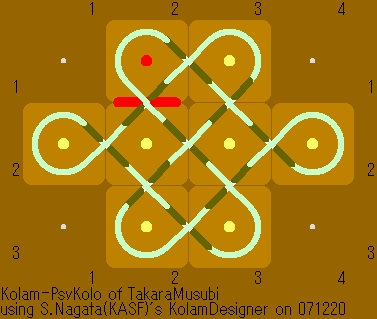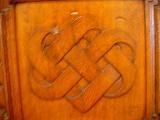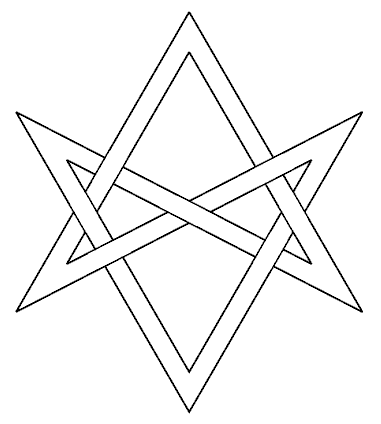7 4 Further Notes and Views: Difference between revisions
From Knot Atlas
Jump to navigationJump to search
(TakaraMusubi or Kolam) |
No edit summary |
||
| Line 1: | Line 1: | ||
{| |
{| |
||
|- valign=top |
|- valign=top |
||
{{Knot View Template| |
|||
image = Takara-4harts-C7.jpg | |
|||
text = A 7-4 knot reducted from TakaraMusubi with 9 crossings |
|||
[http://intervision.aadau.net/]}} |
|||
| |
|||
{{Knot View Template| |
{{Knot View Template| |
||
image = TakaraMusubi-C9.jpg | |
image = TakaraMusubi-C9.jpg | |
||
text = |
text = TakaraMusubi knot seen in Japanese simbols, or Kolam in South India |
||
[http://intervision.aadau.net/]}} |
[http://intervision.aadau.net/]}} |
||
| |
| |
||
{{Knot View Template| |
{{Knot View Template| |
||
image = KornikKnot_160.jpg | |
image = KornikKnot_160.jpg | |
||
text = |
text = a knot seen at the Castle of Kornik [http://www.math.toronto.edu/~drorbn/Gallery/KnottedObjects/KornikKnot.html]}} |
||
| |
| |
||
{{Knot View Template| |
{{Knot View Template| |
||





